Western Bulk Herbs – Myrrh Gum
Mo Yao is the Chinese name for this herb. Myrrh is used for the treatment for spasms, infections, coughs, colds, failure of menstruation, and chronic fatigue. It’s also been used in toothpastes, mouthwashes, and gargles to control infections of the mouth and throat. In Chinese herbal medicine, it gets included in formulas to treat uterine fibroids with other healing herbs.
Myrrh goes to work with its anti-microbial benefit to strengthen the body’s defenses and act as an anti-biotic. This makes it effective against ulcers and sore throat, as well as boils and sinusitis. It also stimulates production of white blood cells and is often used to treat the common cold. Try pairing with echinacea when dealing with infections and as a mouth wash.
Latin Name:
Commiphora myrrha
Common Names:
Guggul, African myrrh, herabol myrrh, Somali myrrhor, common myrrh, Mo Yao, abyssinica, heerabol
Parts Used:
Dried resin from the bark.
Properties:
Astringent, healing, tonic, stimulant, anti-microbial, carminative, anti-catarrhal, expectorant, vulnerary
Folk Lore:
Nearly all cultures have used myrrh at some time, either in their past or are using it today. Myrrh has a long history dating back as far as 3000 BCE by the Egyptians for embalming. They also used it during cremations and funerals by burning it to cover the smell.
It has also been used to anoint kings, and scent fabrics for those traveling to holy places. In Ayurvedic medicine, myrrh is a favorite addition to the rasayanas for rejuvenation and disease prevention, especially as a spring tonic.
The Romans used is as coinage and as a healing herb, it’s been used for the treatment for spasms, infections, coughs, colds, failure of menstruation, and chronic fatigue.
Cautions:
Do not use during pregnancy or if there is excessive uterine bleeding. Do not use if there is acute, internal intestinal inflammation. Avoid use if there is arterial agitation or excitement since large doses can accelerate the pulse.
*Disclaimer: These statements have not been evaluated by the Food and Drug Administration. This product is not intended to diagnose, treat, cure or prevent any disease.
Resources:
PDR for Herbal Medicines, 2000. Medical Economics Company, Montvale, New Jersey.
The New Holistic Herbal. David Hoffmann, 1990. Barnes and Noble Books, New York.
A Modern Herbal, Mrs. M. Grieve, (Dover Publications, New York, 1971)
Major Herbs of Ayurvedic.Compiled by Dahur Research Foundation and Dahur Ayurvet Limited, Ghaziabad, India., 2002. Churchill Livingstone, London, England.
Chinese Herbal Medicine: Materia Medica, Third Edition, Dan Bensky and Andrew Gamble, 1986. Eastland Press, Seattle, WA.


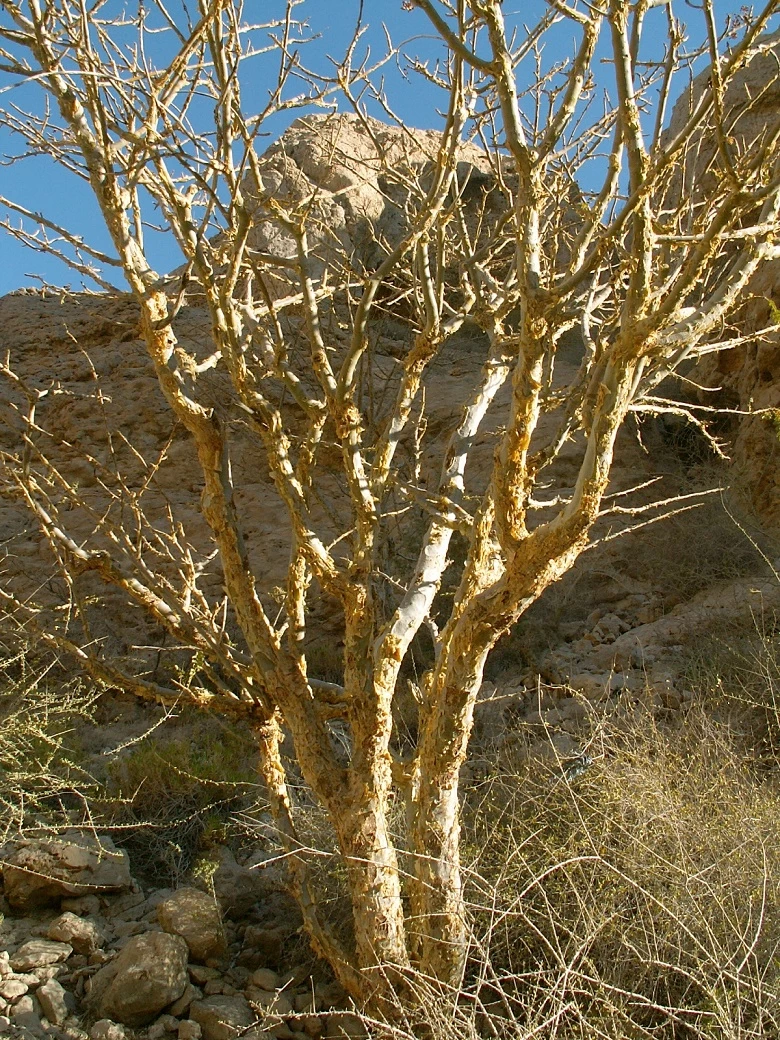
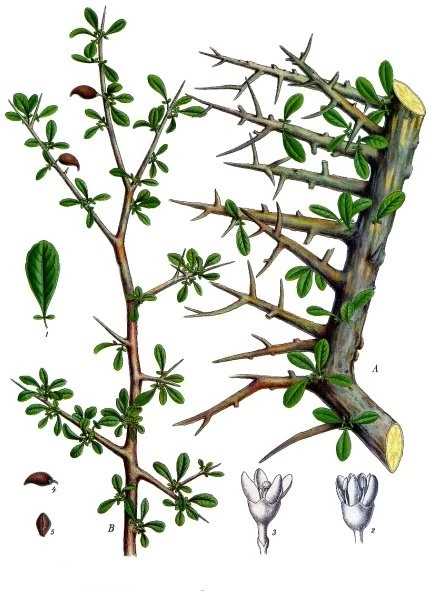

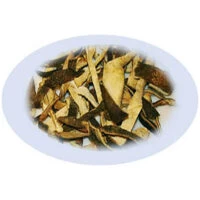
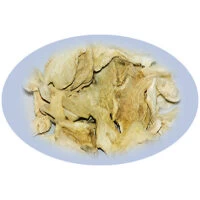
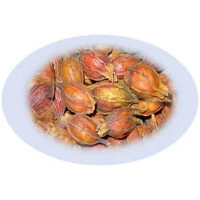
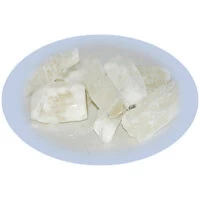
Reviews
There are no reviews yet.